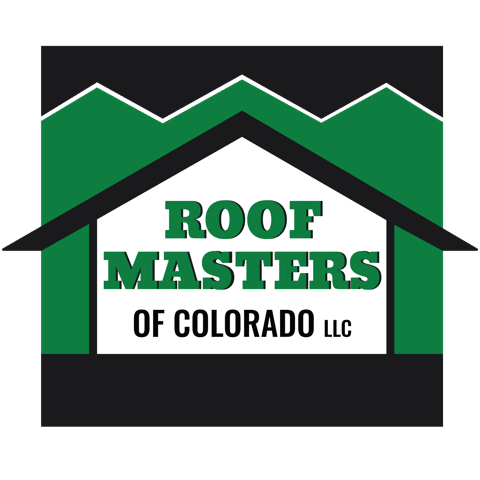If you have a steep slope roof that has the more common asphalt shingles, there is a multitude of shingle styles and affordability levels to choose from. The ubiquitous 3 tab shingle from decades ago has given way to the 30-year architectural dimensional shingle which has a limited 50-year warranty from shingle manufacturers. This shingle, exampled by GAF Timberline HDZ, Owens Corning Duration, or Certainteed Landmark is the basic workhorse of the asphalt shingle industry and the best value.
Additionally, there are designer, heavy-duty shingles at a higher price point, These shingles can be considered where the roof slope is steep enough so that the roof is an important aesthetic of the home and thus merits the additional cost. Also, HOAs often control the roofing products to make sure homeowners keep up the values and the consistent look of their homes within a subdivision. Generally, homeowners want to keep within a certain product type represented in the neighborhood due to property values.
In tile roofing, there are numerous options, from concrete to granular coated steel, aluminum, polymer wood shake, or slate lookalikes. The price point here is much higher, but longevity is key. Also, these roofs tend to qualify for annual property insurance premiums discounts, which will be addressed at the end of the page.
In metal roofing, there are also numerous options from agricultural panel looks, to standing seam panels (which we often see on ski lodges in the mountains). Again here, the price point is much higher, but longevity is key, and looks often are play a large part in the choice of the system. In more extreme weather areas, the standing-seam roofs are much more water-tight than other systems, and their fasteners are concealed under the ribs which allow the panels to have normal movement.
In flat roofing, there are several options as well. There is the ubiquitous black EPDM rubber roofing in multiple thicknesses – 40, 60,80 mil. This is the flat roof equivalent of the 30-year dimensional shingles – the workhorse of the flat roof world. It has been around the longest. Newcomers include TPO, which is a white membrane that many feel is better than EPDM, due to adhesion by heat welding, instead of the EPDM chemical bonding.
Asphalt shingles are classified as 30, 40, or 50 year limited lifetime in terms of warranty and durability. In most climates, that is something to strive for but often does not result in reality. In sunny high altitude climes, UV cuts short asphalt shingle life expectancy easily by 1/3 of a product lifetime. in climates with broad temperature swings, the freeze-thaw cycle diminishes the life of a system. In a climate such as Boulder, a 20 year old asphalt roof should be checked annually for signs of wear and tear, thermal cracking, and granular loss from wind, hail and elements, even though you may have a 50 year shingle system on your roof. In warmer, moister climates, algae growth can be a limiting factor on a roof system, and can cut the roof life short.
A more expensive tile, metal or flat roof, should also be routinely inspected and examined for damage, storm as well as general weather wear and tear. Usually these roof systems will hold up better, however, the price point will be higher.
